22-Year-Old Sells Authentic Ang Ku Kueh & Muah Chee Pounded With Wooden Stick
She’s been making Teochew kueh with her granny since she was 10.
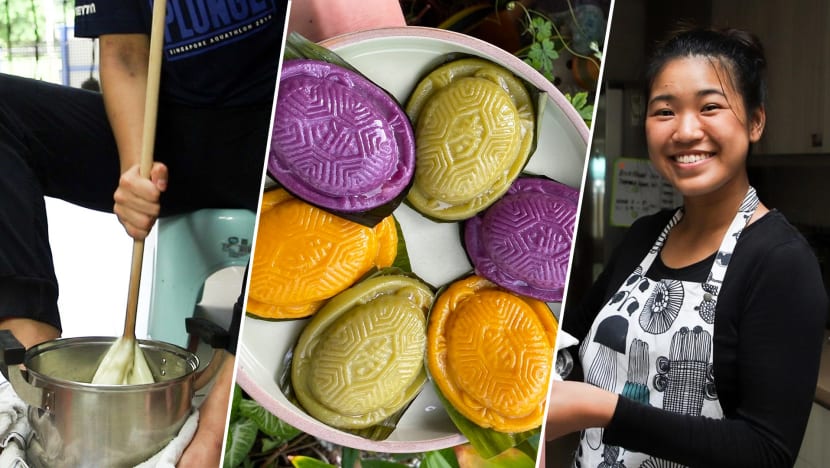
While there are several young cooks selling Nonya kueh, Teochew kueh makers from the younger generation remain few and far between.
22-year-old LASALLE graduate Shiny Phua is one such Zoomer, selling handmade Teochew kueh such as muah chee and ang ku kueh from her home kitchen, using techniques and recipes passed down from her late granny.
She tells 8days.sg: “Ah Mah’s Legacy combines my two loves — art and kueh. I hope to bridge the gap between the younger generation and their perception of Teochew kueh.” Initially starting as a kueh workshop provider, Ah Mah’s Legacy pivoted to selling kueh when the Circuit Breaker put a halt to the workshops.





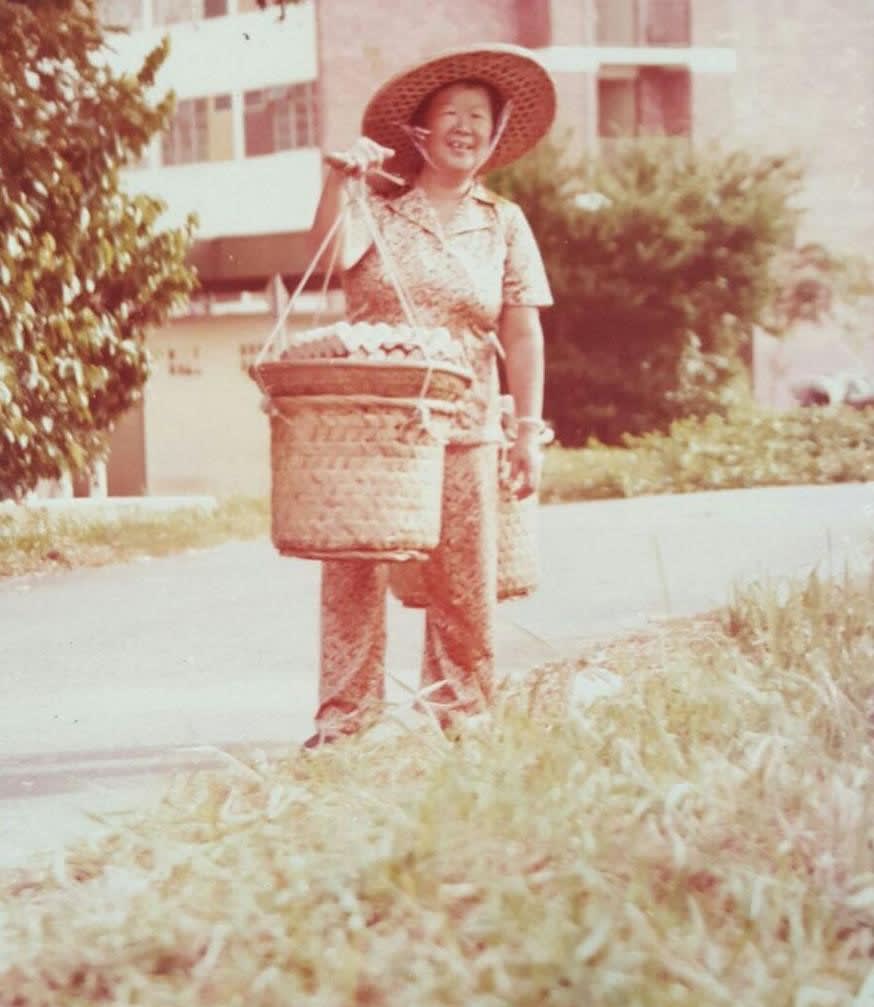
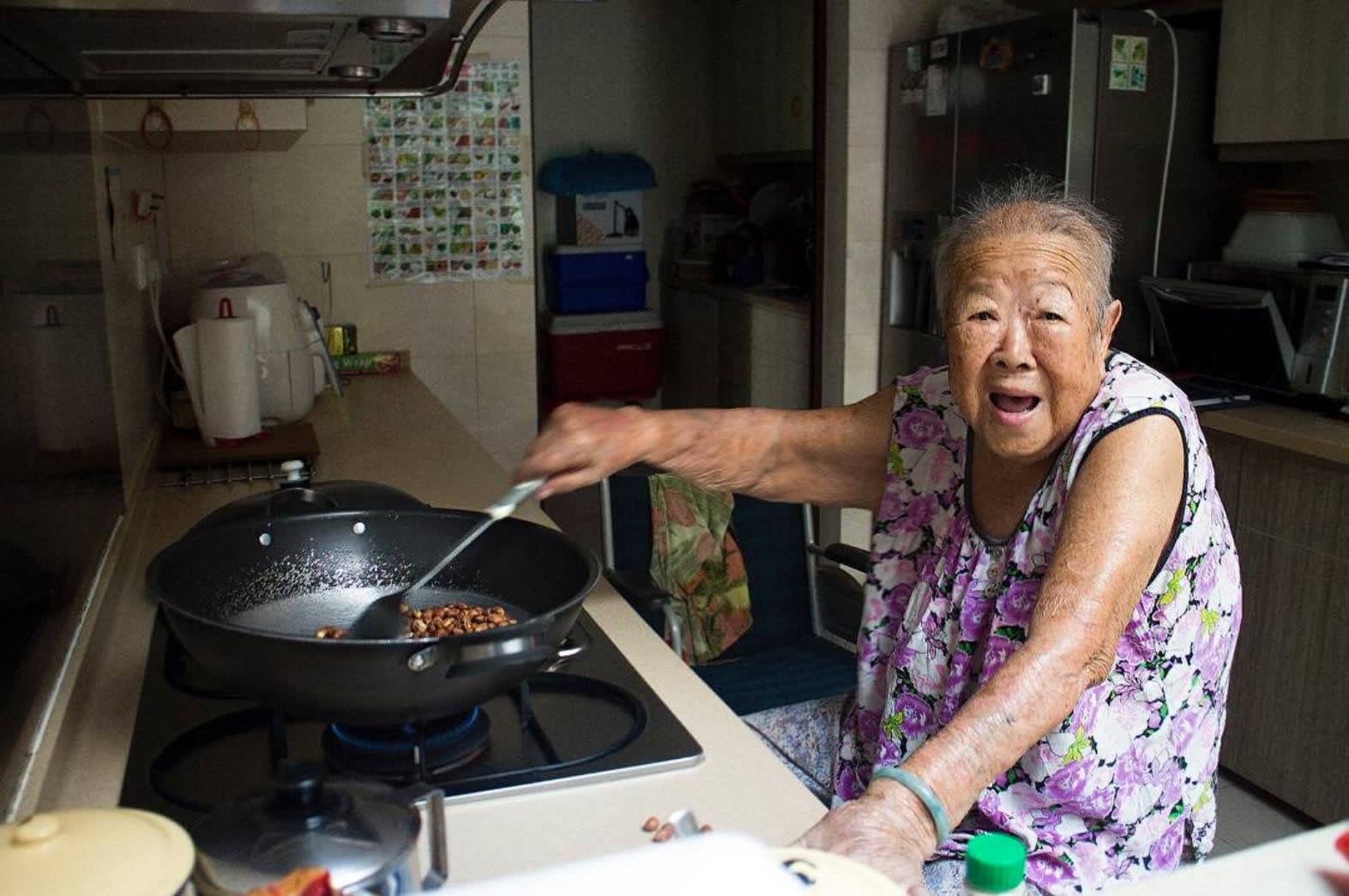
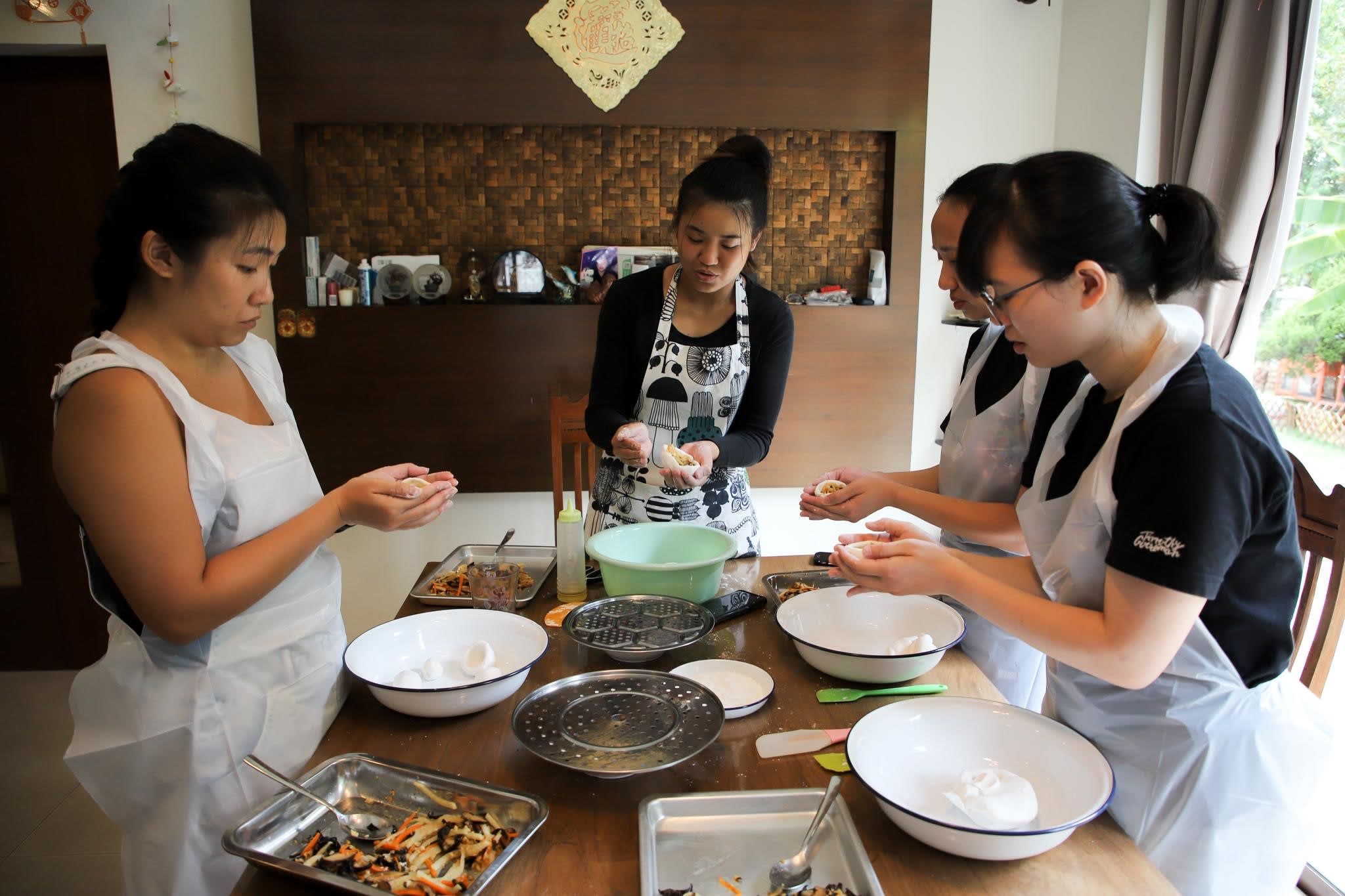
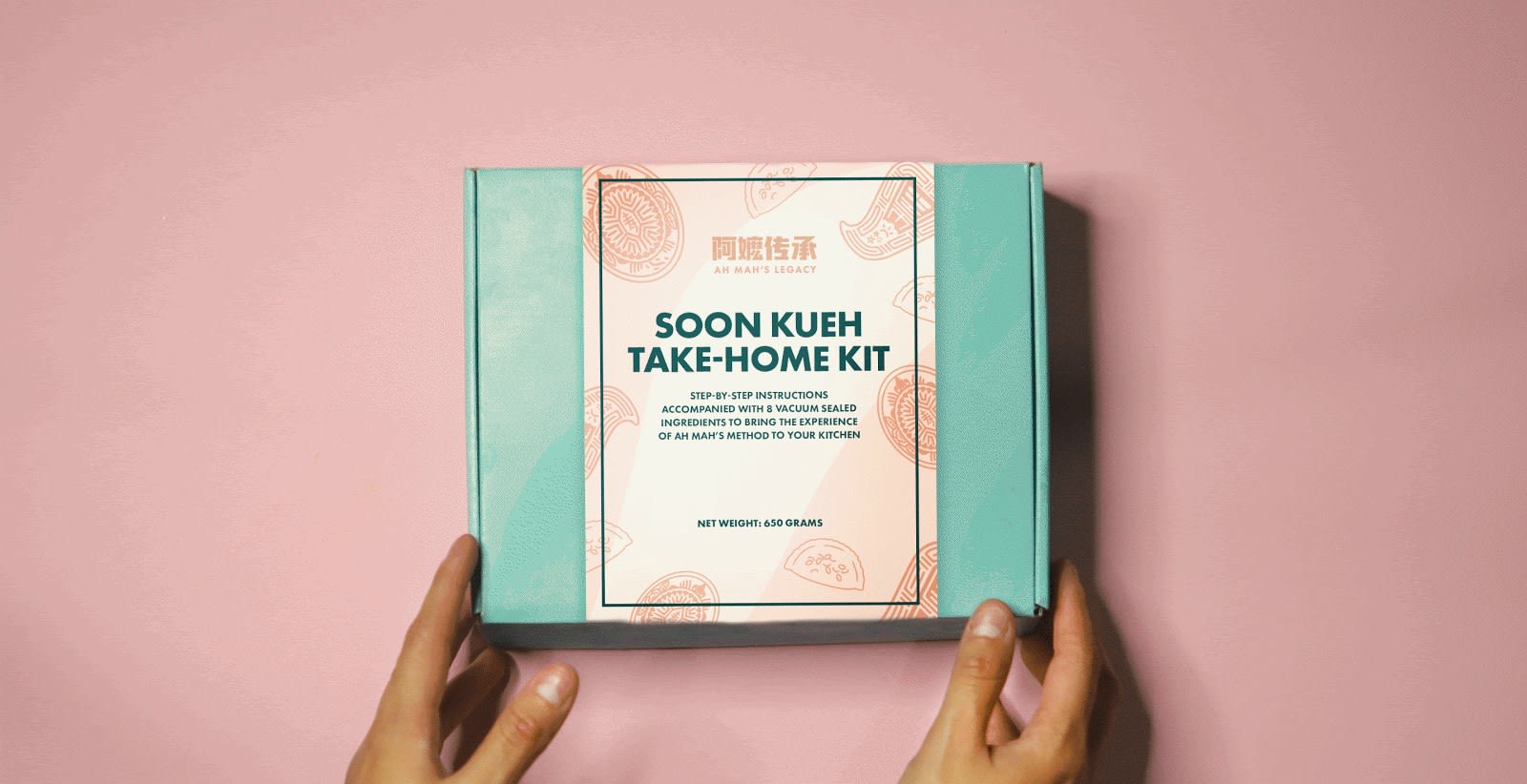
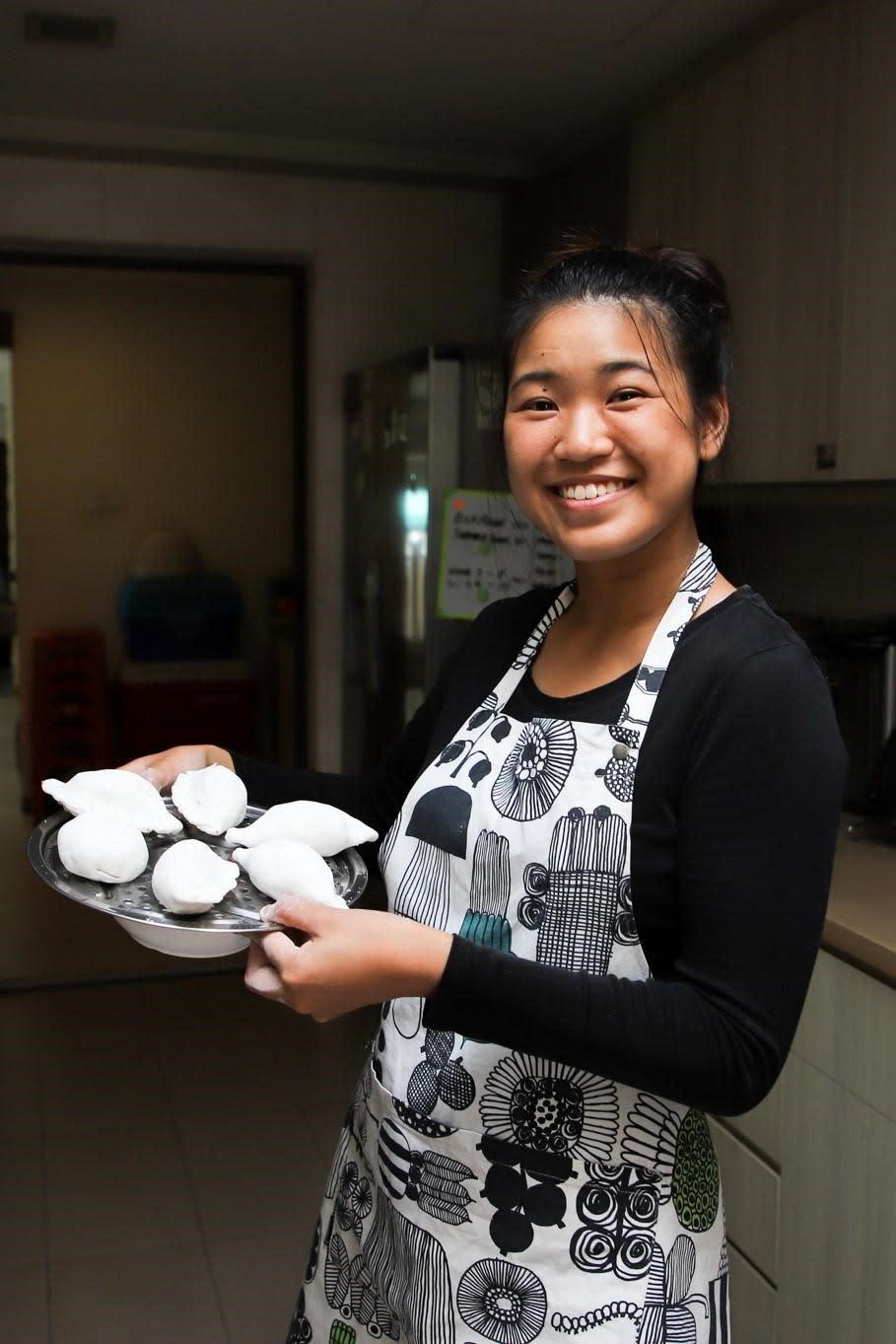
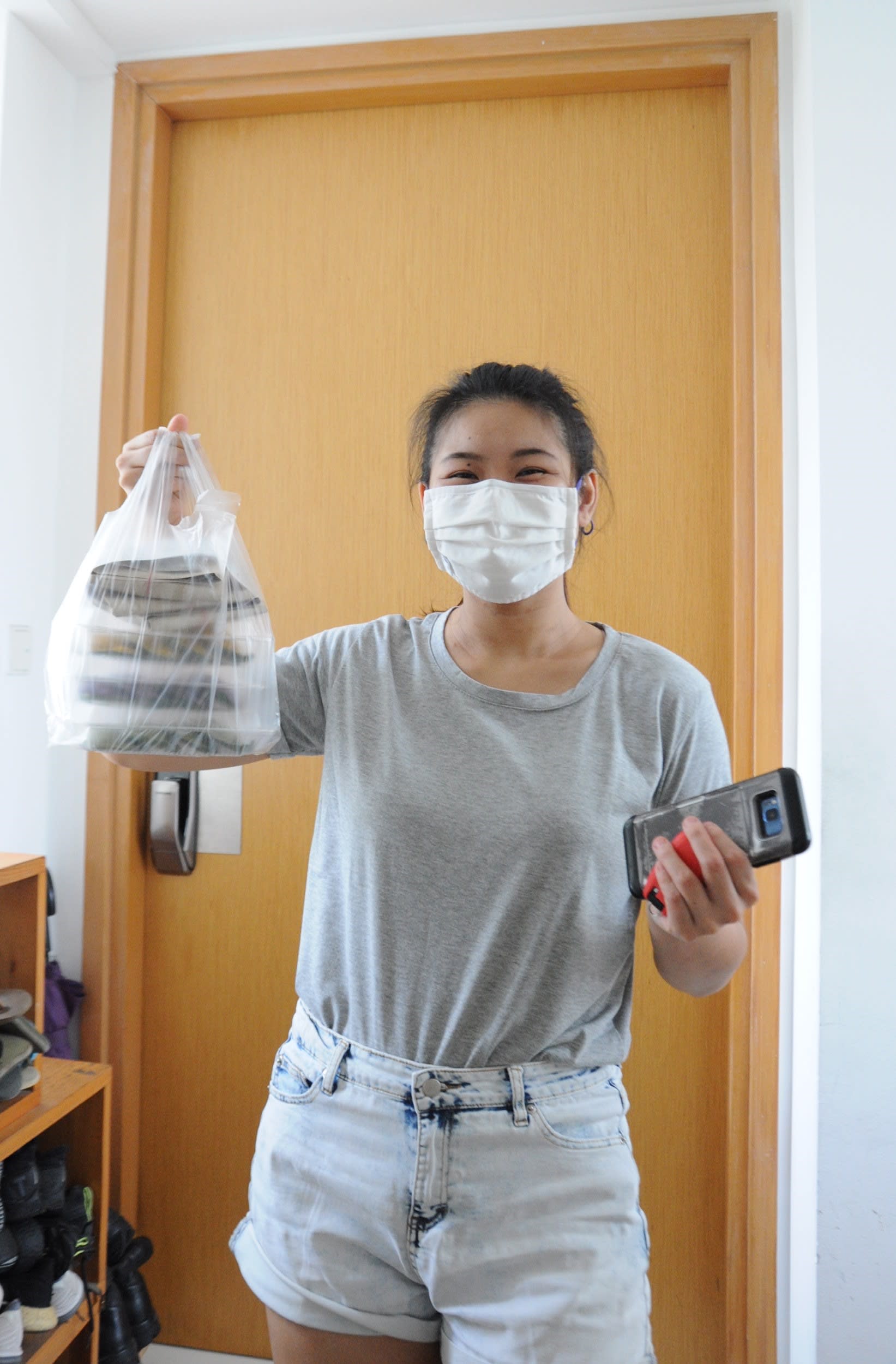
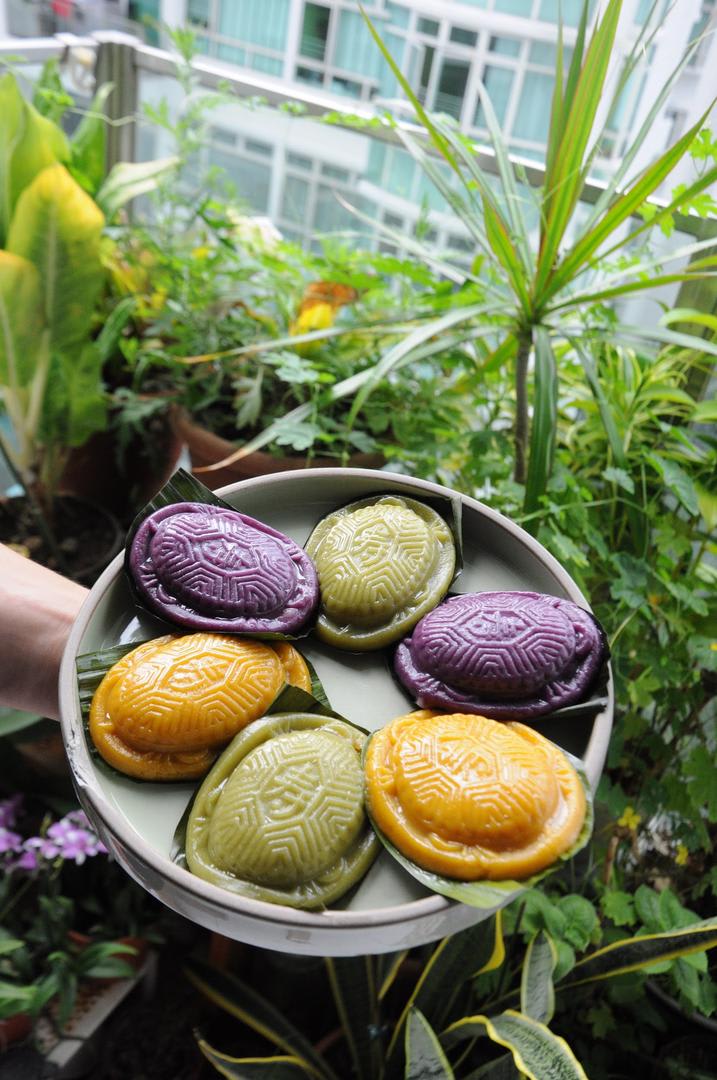

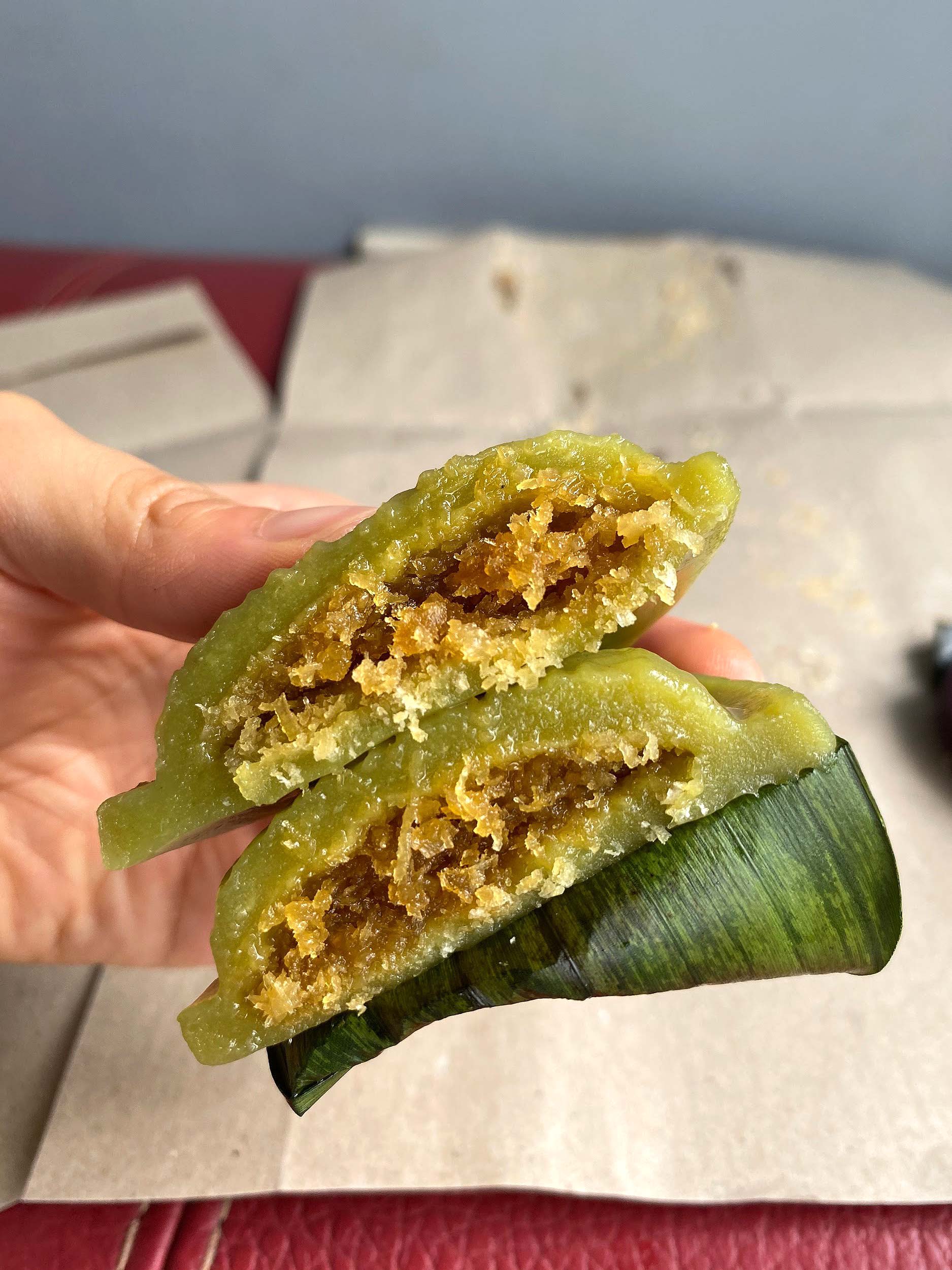
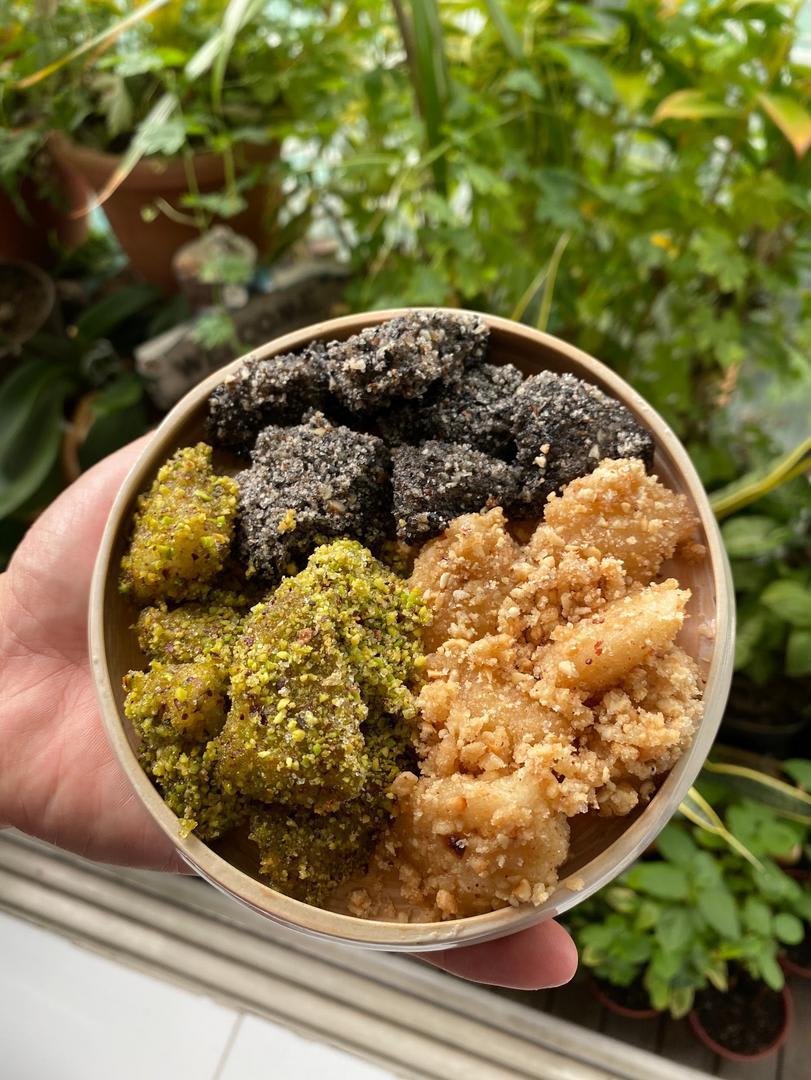
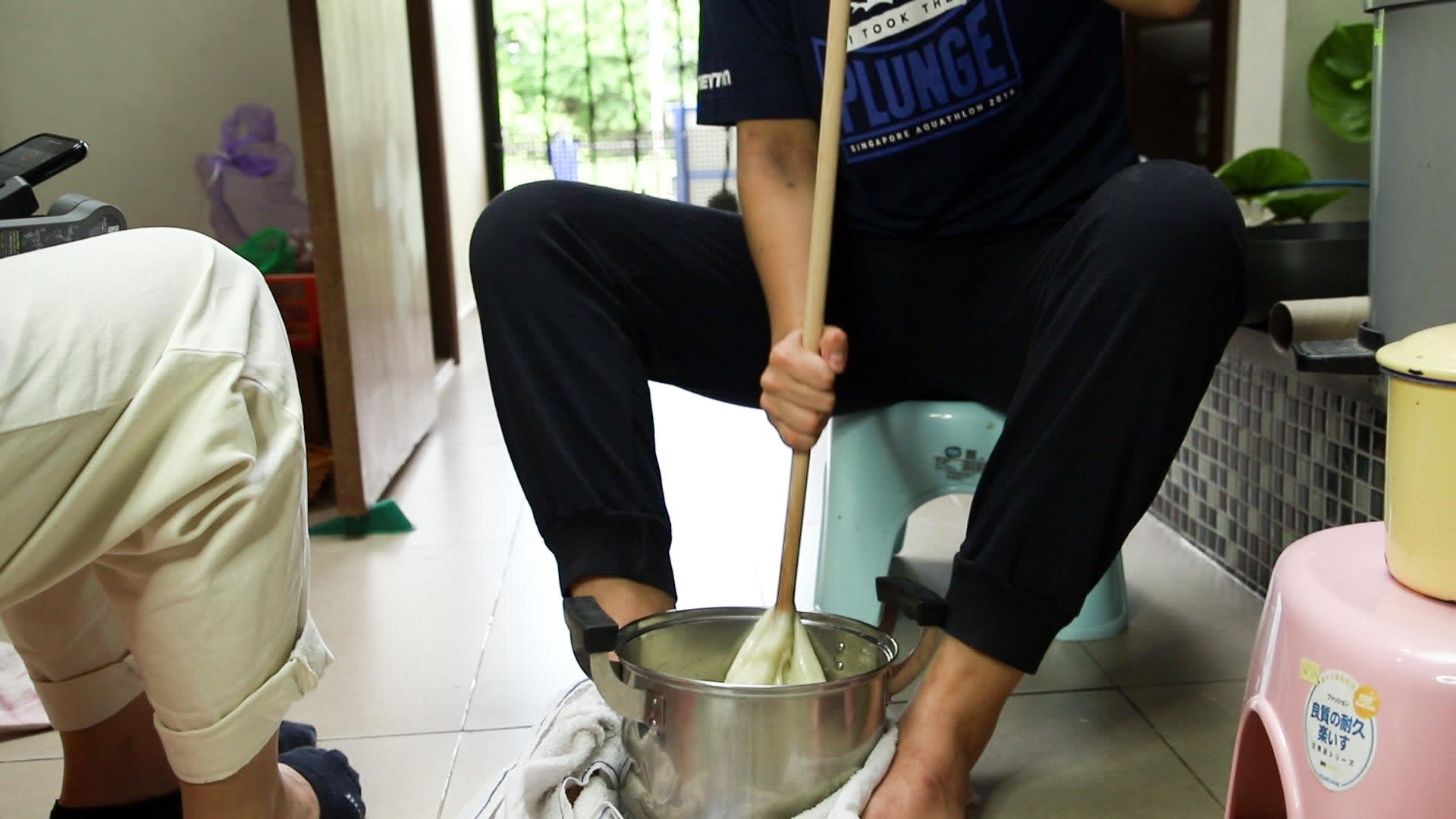
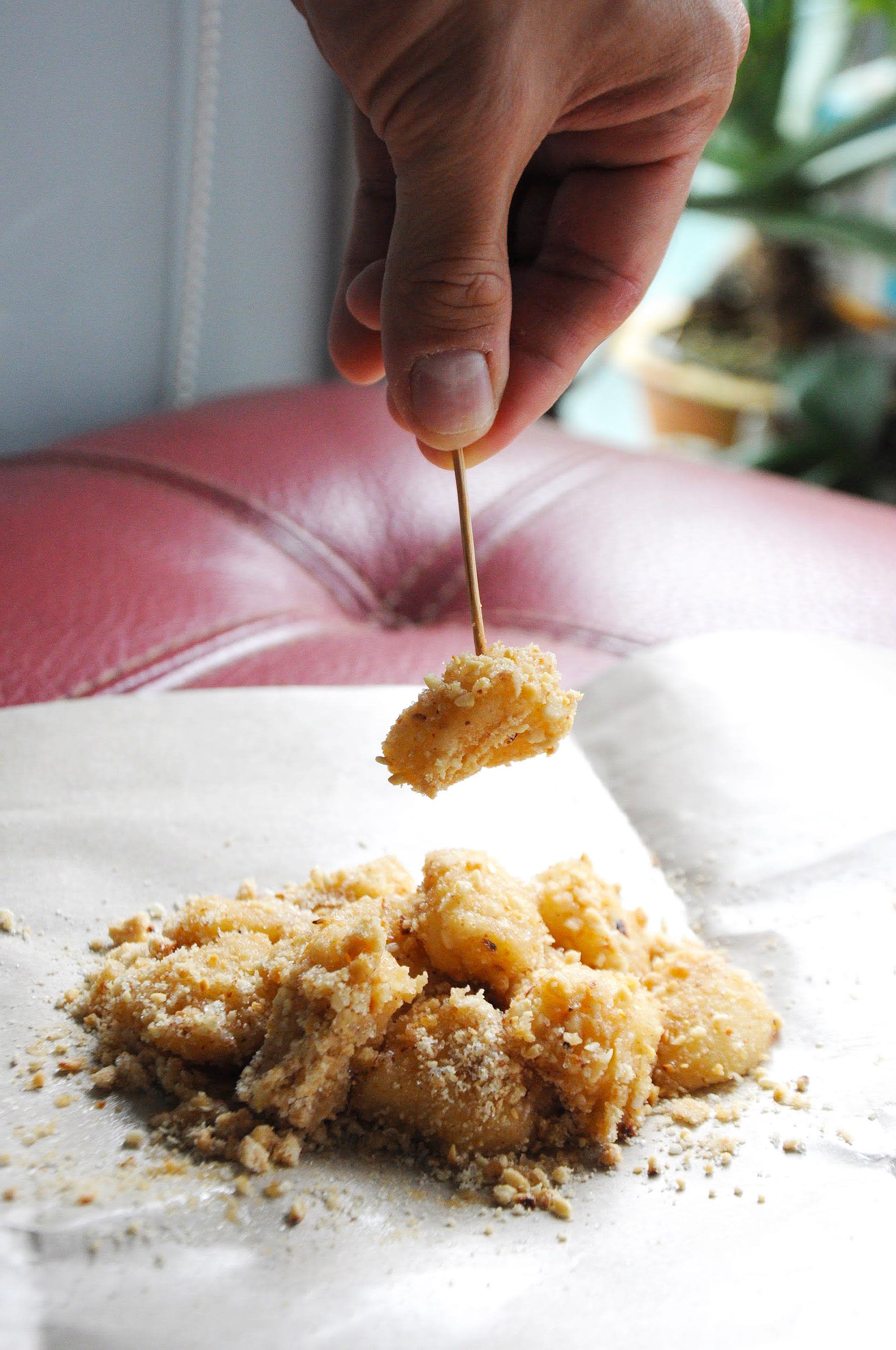
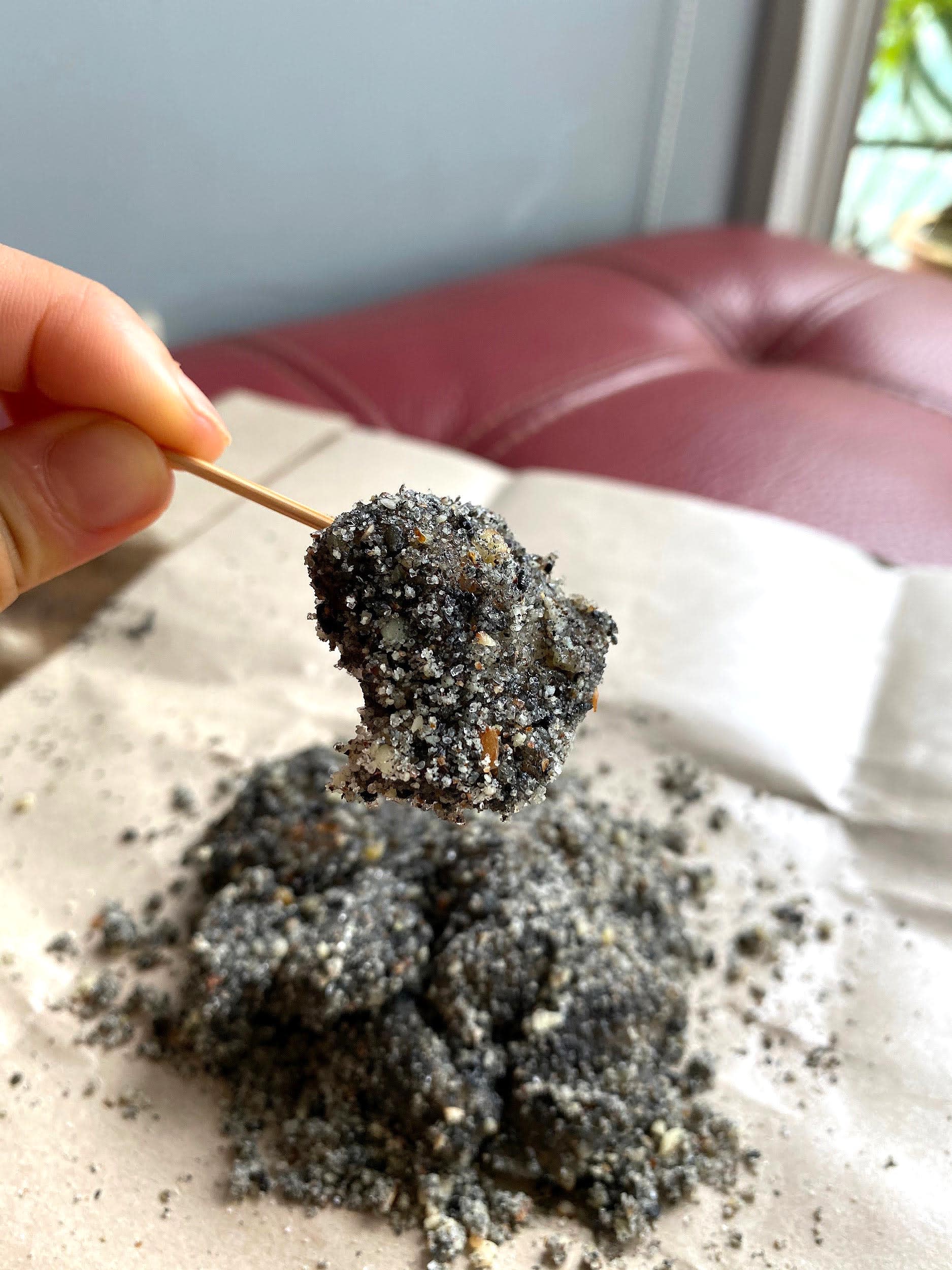
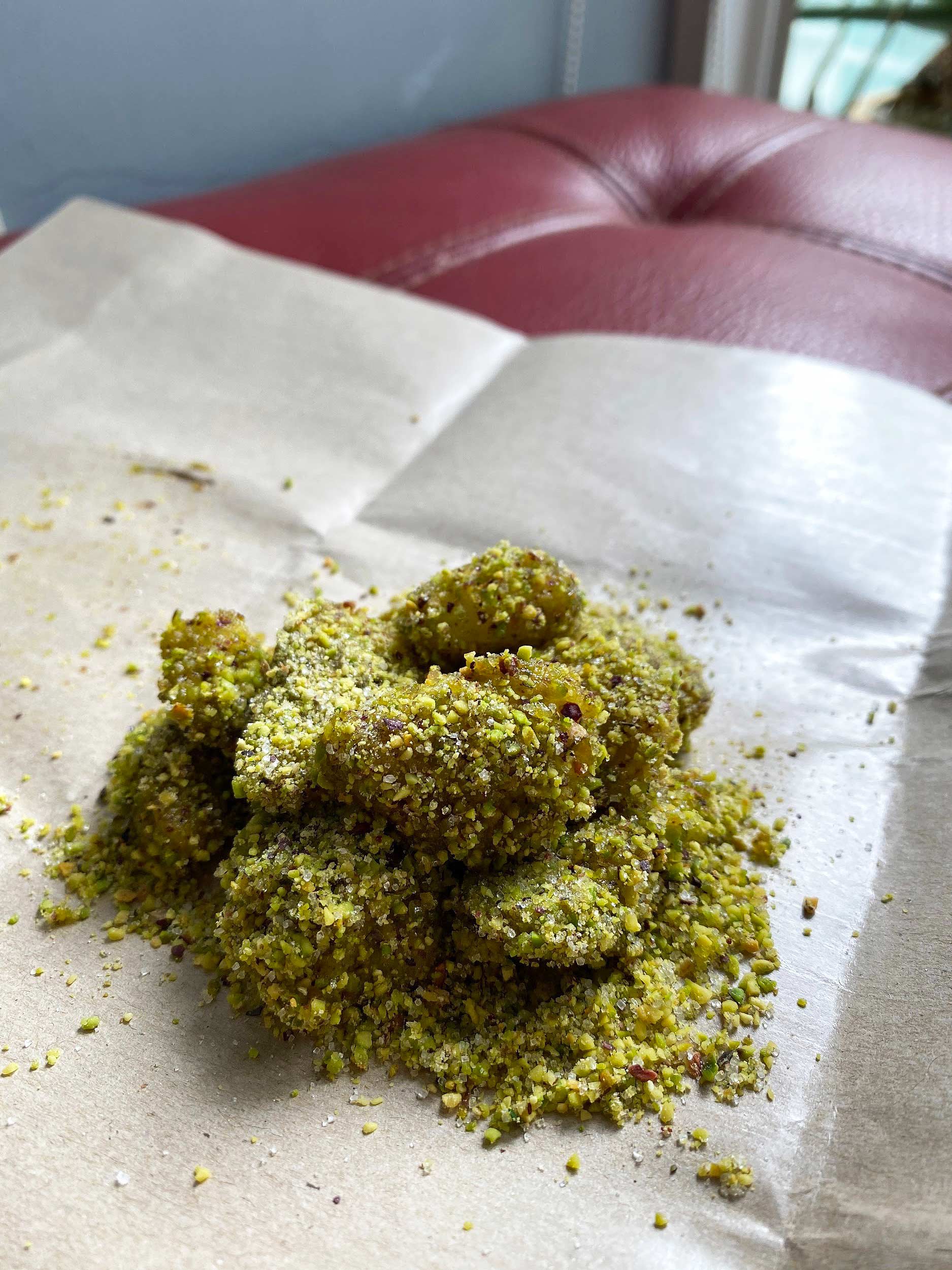
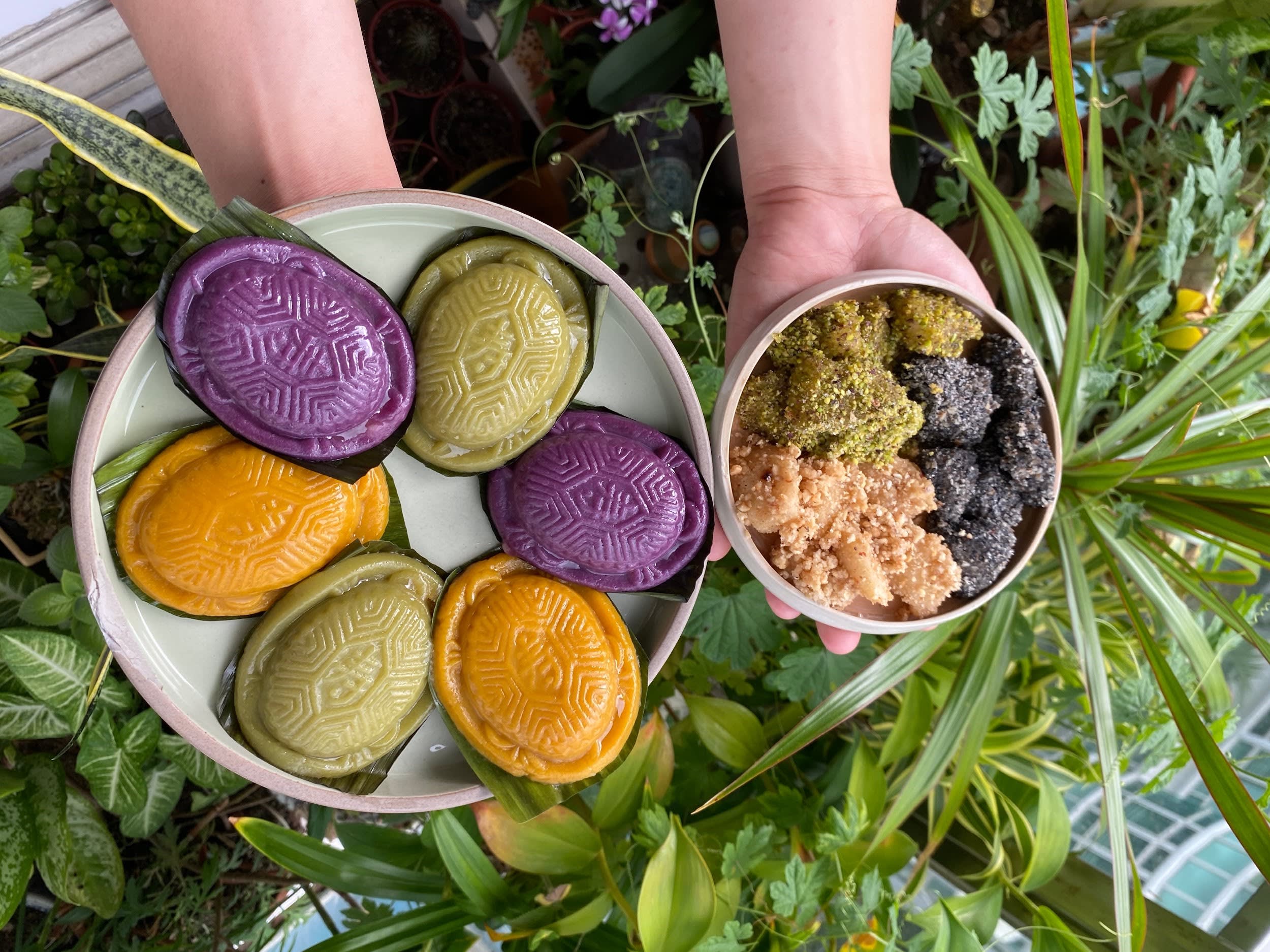

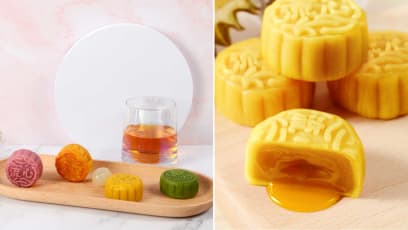
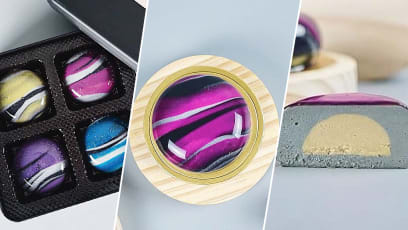
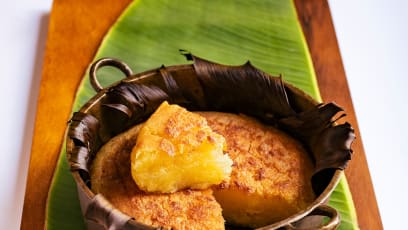




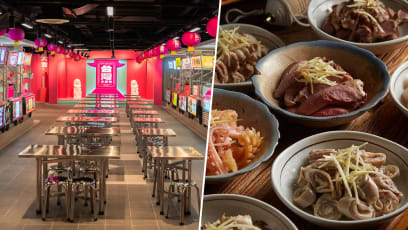
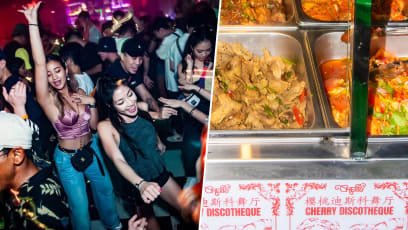
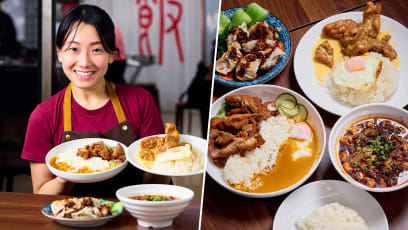

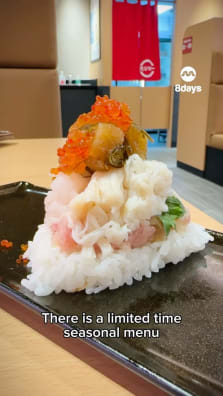

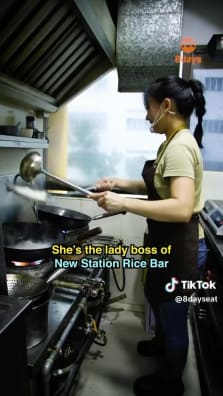


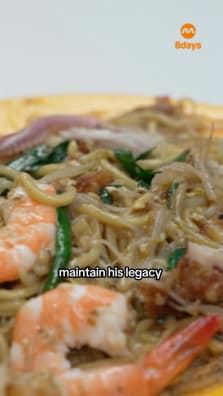


![Boss of Rui Ji chicken rice used to own a tattoo parlour! Talk about a career change! Link in bio to read more
📍Rui Ji Chicken Rice
Blk 93 Toa Payoh Lor 4,
#01-48, S310093
📍148 Beach Road,
#B1-01 The Gateway,
S189720
📍Blk 305 Ubi Ave 1,
#01-179, S440305
[till 16 Apr 2024]
https://tinyurl.com/5dudypkh](https://onecms-res.cloudinary.com/image/upload/s--9s0hbGvI--/c_fit,h_396,w_223/f_auto,q_auto/v1/8days-migration/18015522113203478.jpg?itok=EX3xKSNq)



